
Get better results from your at-home mask with our tips
No longer the domain of high-end spas, masks are a quick-fix step that deliver better skin in minutes. And it’s easier than ever to customize one at home. To help you find a mask match made in heaven, we’ve got all the hows and whens covered. Get ready to file masks under “totally doable.”
Here’s how to make your mask work harder so that you get the result you want – beautiful skin.
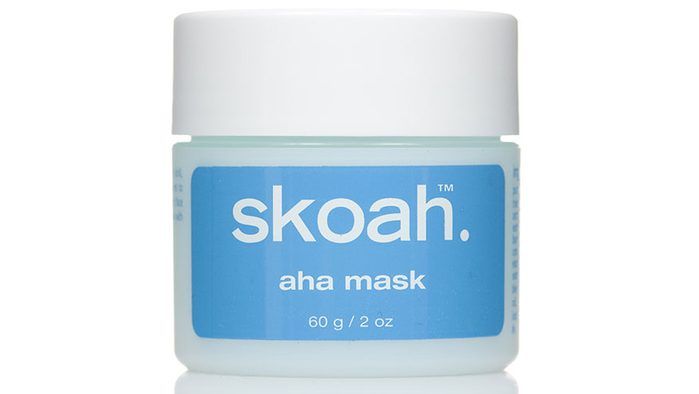
For mask virgins
Want to start with baby steps? “If someone is new to masks, I would start with an exfoliating mask,” says Andrea Scott, chief culture officer and CEO for Skoah. “Even if they do nothing else, removing dead layers will make your skin perform and function better.”
Skoah AHA Mask, $38 at skoah.com.
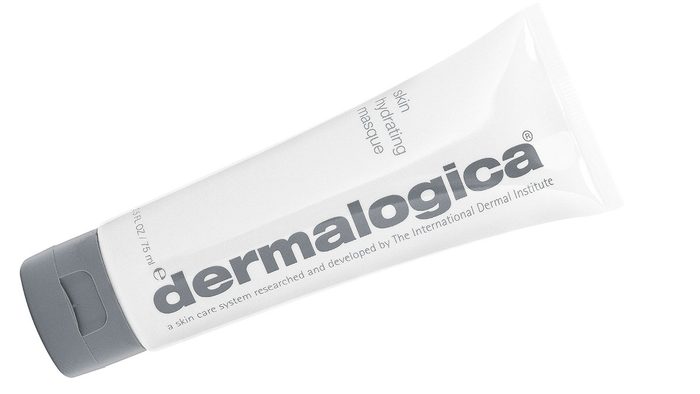
Play the match game
Your skin type and skin goals can guide you to find a product with the right ingredients. But, unlike the traditional approach of using one mask all over your face, the modern way to treat concerns is to apply different types of masks on different areas, called multi-masking.
“I see a lot of combination skin, so multi-masking is really soaring,” says Charmaine Cooper, education manager for Dermalogica. “Plus, I’d never corner someone into one type of mask forever and ever. Skin is always changing.”
She suggests clay or charcoal if you want to address an oily T-zone or spot-treat blemishes. Zero in on hyaluronic acid, lactic acid or shea butter to tackle any dry areas, such as cheeks.
For an anti-aging boost and to minimize age spots on your neck and chest, Cooper finds that a mask rich in multiple vitamins and antioxidants works best.
“The neck is part of the face, and it’s often neglected and where we show sun damage because we forget about it,” says Scott, who also likes to mask the tops of her hands. “It’s the same situation as the neck: The skin is delicate and thin there and shows age more readily.”
Dermalogica Skin Hydrating Masque, $43 at dermalogica.com.
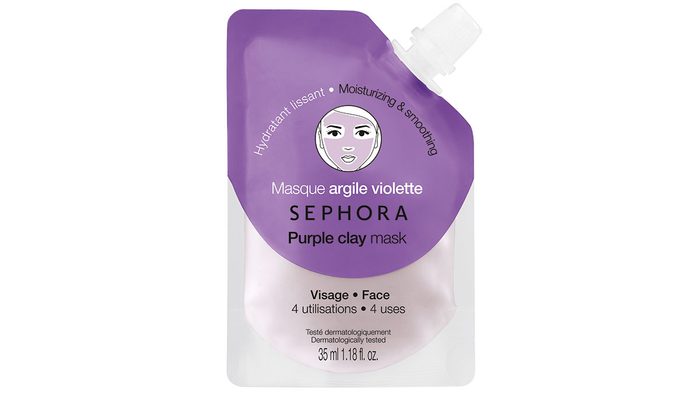
It’s all about layers, dahling
You can also customize masks by mixing and/or layering them with other products.
“I often mix my exfoliating mask with a hydrating mask,” says Scott. “It may not be as concentrated as using each alone, but it’s kind of like working out: If you do half your workout, it’s better than doing none of your workout. You’re still getting those benefits.” This is also an ideal strategy for sensitive-skin types, who may wish to turn down the tingle of intense formulas.
Cooper also encourages concoctions. “You can amp up the power of a mask if you add a few drops of serum to it,” she says, suggesting a blend of four to six drops. Her guideline: This works best when the mask and serum have the same objective (that is, both are hydrating) or with a combo that won’t disrupt your skin’s balance.
“If you’re using a vitamin A serum, your mask shouldn’t necessarily be about exfoliating because vitamin A is exceptional at turning over skin cells, so it might be a bit too much,” she says. Also, you don’t need to tweak clay and charcoal products. “The rule of thumb is that if the mask is going to dry your skin, you don’t want to add a moisturizing property to it,” she says. Another make-it-yours option is to layer serum underneath your mask.
Sephora Moisturizing & Smoothing Purple Clay Mask, $10 at sephora.com.
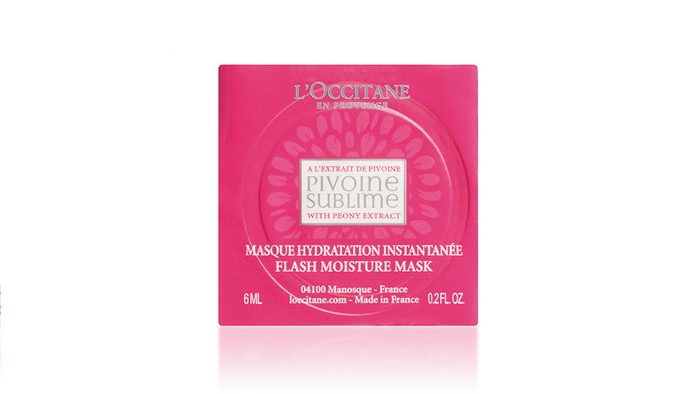
Ain’t nobody got time for that…
Feel like you’re too busy to mask? Us, too! But innovations in formulas and ingredients have taken the time suck out of masks. Cast aside that old vision of needing to mask with your feet up for half an hour, scented candles ablaze.
Scott, a working mom of four, throws a mask on while making dinner. “My kids love it,” she says. “They think it’s hilarious.” Using pre-shower time is another way to maximize minutes. “We’re always tinkering around in the bathroom before getting in the shower,” she says. “I suggest putting a mask on, doing those things you do in the bathroom – including everything you do in the shower – and rinsing the mask off at the very end,” she says.
The rules around how often to mask have also changed and depend on the type of product used.
“We used to say a maximum of three times a week, but now you can do it every day,” says Cooper. “It’s a pick-me-up when you need it. If your skin doesn’t, stick with what works for you.”
Ideal candidates for daily use include hydrating and absorbing masks (they add the good stuff to skin while taking away the bad). Cooper wants clients to make masking their own. “If you need to use a mask once a week, every day or to spot-treat, you can do that,” she says.
But if you’re using a blemish-control or glycolic-based mask, don’t get overzealous, says Scott. “If you’re drying out or overstimulating your skin, it typically reacts by producing more sebum or it starts to harden and feel very tight, and that’s counterproductive,” she says. Your skin will tell you what it needs – your job is to watch and respond.
L’Occitane Flash Moisture Mask, $7 at loccitane.ca.
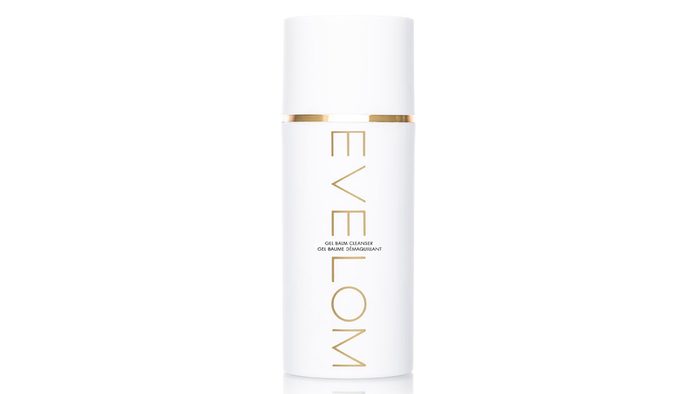
If you’re going to do it, do it right from the start
Putting a mask on an uncleansed face is like making a pizza and putting the tomato sauce on top of the cheese: It’s just plain wrong.
“If you have a barrier between your mask and your skin, it’s tough for the mask to soak in the way it’s supposed to,” says Scott, who also exfoliates pre-mask. “Anything you use after that will be more effective, and you’ll use less of it because it’s not just sitting on the surface.”
At a minimum (that is, in a severe time crunch), use a swipe of toner to remove debris first, she says.
Eve Lom Gel Balm Cleanser, $72 at Murale locations.
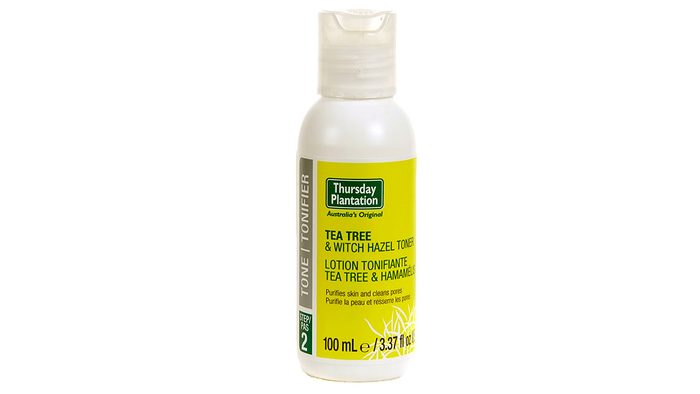
That’s it? No, there’s more
What you do post-mask is a make-or-break moment. But wait – don’t reach for the moisturizer just yet! The pros agree that using toner first is your best move. “When I forget to use toner for a few days, I don’t look the same – my skin appears dull,” says Scott. “Most people say the same thing once they start using one.”
Applying toner should leave your skin damp because moisture attracts moisture, says Cooper. “It prepares your skin to pull any moisturizing properties you’re putting on top a little deeper,” she says. “Use a toner and go straight on to serum.”
Why use a serum? It’s designed to be highly concentrated to give your skin a boost, says Julie Cusson, a makeup artist for Chanel. Now it’s time to cue the face cream. “The moisturizer protects your skin during the day to continue the work of the serum,” says Cusson.
Thursday Plantation Tea Tree & Witch Hazel Toner, $13 at abundancenaturally.com.
